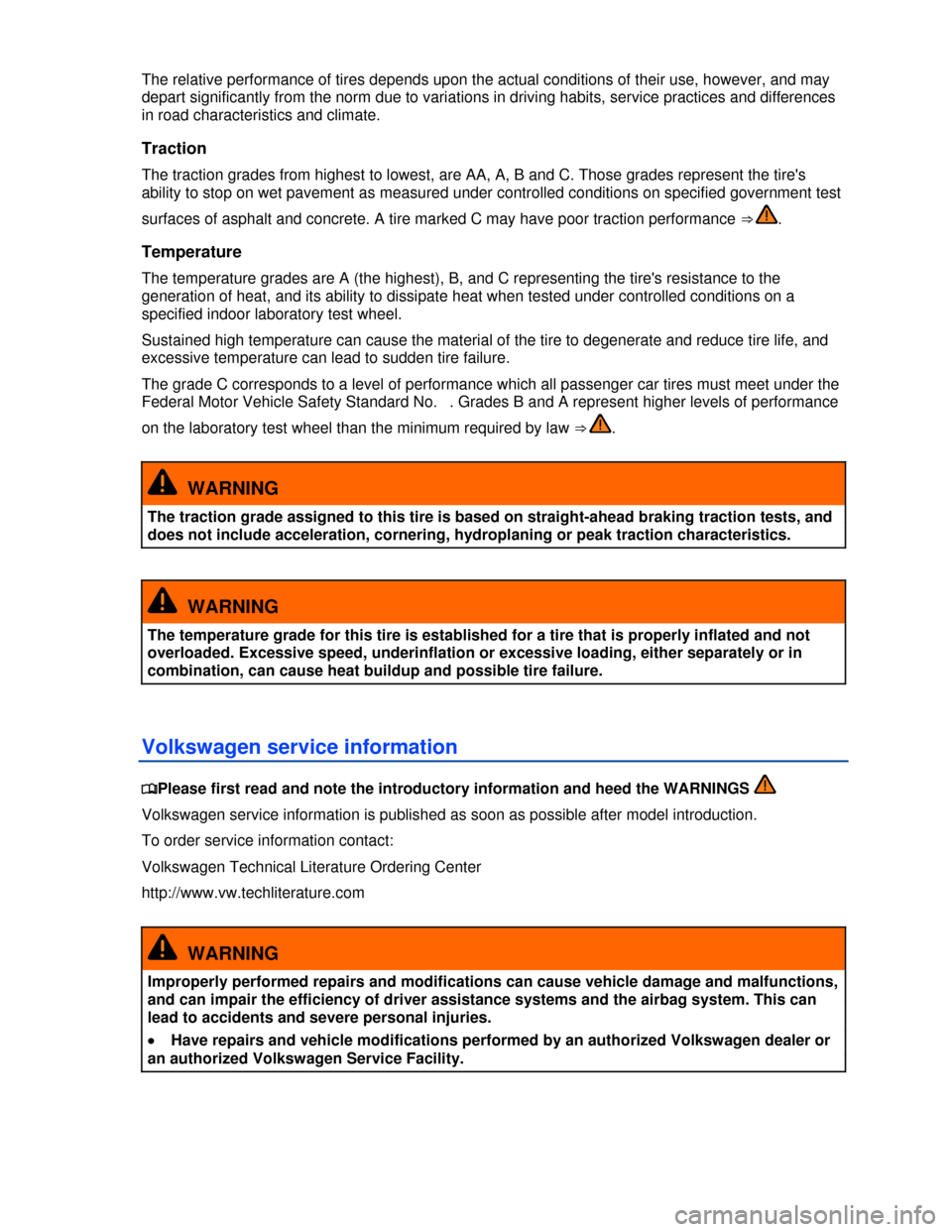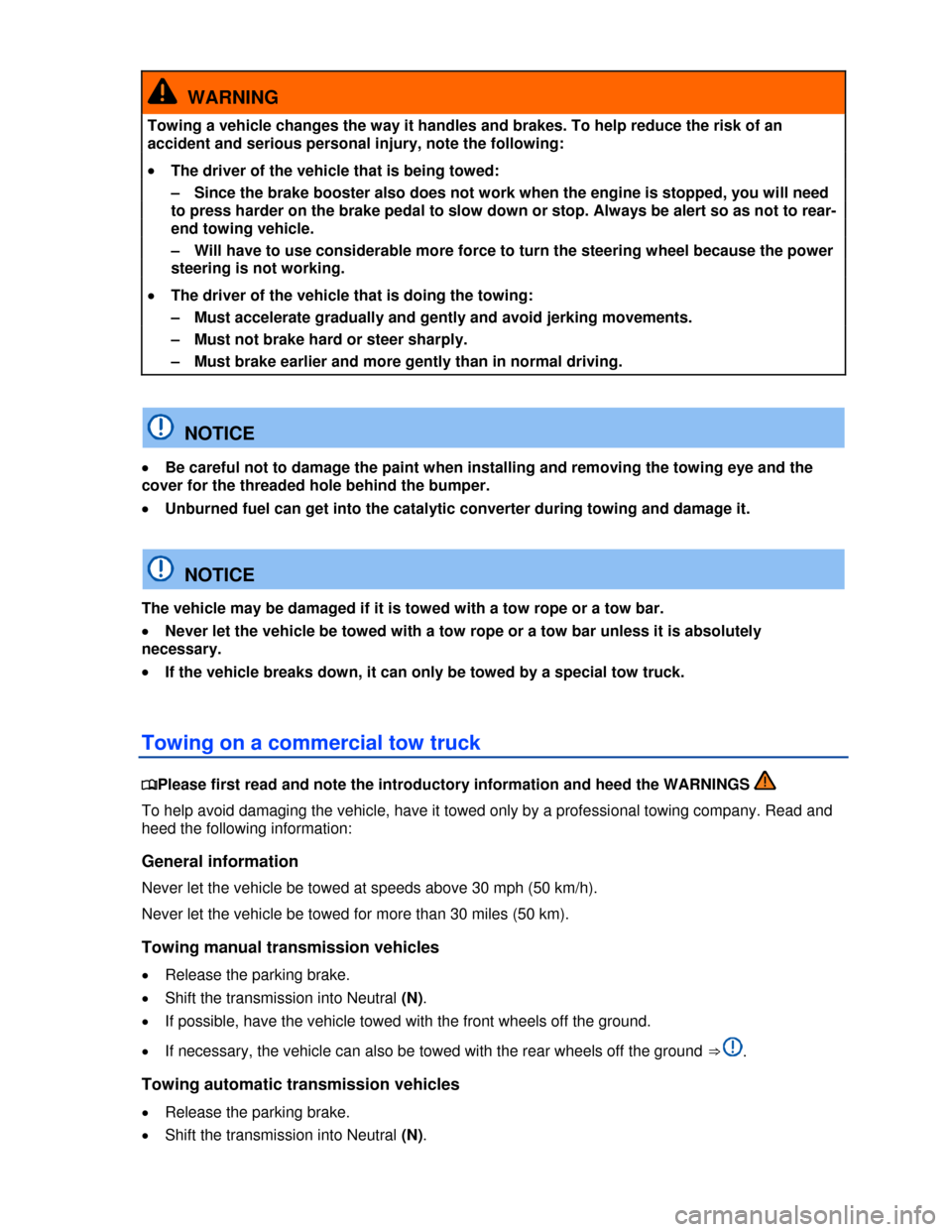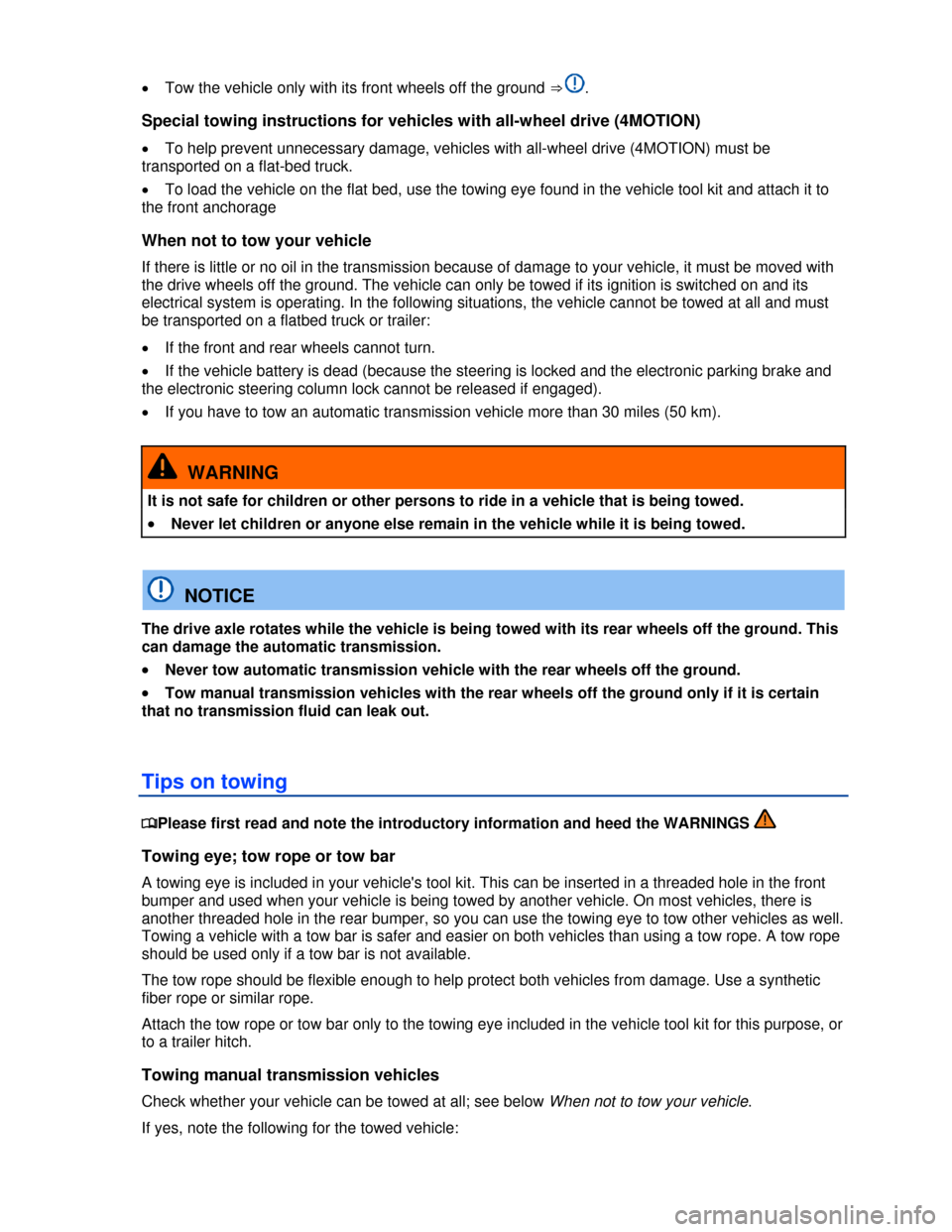Page 315 of 356

WARNING
A cell phone on the seat, instrument panel or in other places can be thrown around the inside
of the vehicle during a sudden braking maneuver, a crash or other accident and injure vehicle
occupants.
�x Never place or attach accessories or other objects (such as cup holders, telephone
brackets, notepads, navigation systems, large, heavy or bulky objects) on the doors, on the
windshield, over or near the area marked “AIRBAG” on the steering wheel, instrument panel,
backrests or between these areas and the occupant. Such objects could cause serious injury
in a collision, especially if an airbag inflates.
WARNING
Using a cell phone or CB radio inside the vehicle without a properly installed and separate
outside antenna can be dangerous to your health and that of your passengers because the
electromagnetic radiation energy that cell phones and CB radios emit may be above
established limits. This also applies if the outside antenna is not installed properly.
�x Always keep the cell phone antenna at least 8 in (20 cm) away from pacemakers. Heart
specialists advise that cell phones can adversely affect the way of pacemakers work.
�x Never carry a cell phone that is switched on in the breast pocket directly over a
pacemaker.
�x If you suspect there may be interference with a pacemaker or other medical device, switch
the cell phone off immediately.
Consumer information
�
Page 318 of 356

The relative performance of tires depends upon the actual conditions of their use, however, and may
depart significantly from the norm due to variations in driving habits, service practices and differences
in road characteristics and climate.
Traction
The traction grades from highest to lowest, are AA, A, B and C. Those grades represent the tire's
ability to stop on wet pavement as measured under controlled conditions on specified government test
surfaces of asphalt and concrete. A tire marked C may have poor traction performance ⇒ .
Temperature
The temperature grades are A (the highest), B, and C representing the tire's resistance to the
generation of heat, and its ability to dissipate heat when tested under controlled conditions on a
specified indoor laboratory test wheel.
Sustained high temperature can cause the material of the tire to degenerate and reduce tire life, and
excessive temperature can lead to sudden tire failure.
The grade C corresponds to a level of performance which all passenger car tires must meet under the
Federal Motor Vehicle Safety Standard No. . Grades B and A represent higher levels of performance
on the laboratory test wheel than the minimum required by law ⇒ .
WARNING
The traction grade assigned to this tire is based on straight-ahead braking traction tests, and
does not include acceleration, cornering, hydroplaning or peak traction characteristics.
WARNING
The temperature grade for this tire is established for a tire that is properly inflated and not
overloaded. Excessive speed, underinflation or excessive loading, either separately or in
combination, can cause heat buildup and possible tire failure.
Volkswagen service information
�
Page 333 of 356
using this number. Record the code number of the wheel bolt lock and store it separate from
the vehicle.
(3) Screw-in towing eye.
(4) Hubcap puller clips for removing hubcaps, full wheel covers or wheel bolt caps.
(5) Jack. Before putting the jack back, be sure to completely crank the jack down to its original
position. Then the crank must be clamped against the side of the jack.
(6) Lug wrench.
(7) Folding chocks
Folding chocks
Fig. Unfolding the folding chock.
�
Page 334 of 356
Page 336 of 356
�x Slide the lug wrench through the clip ⇒ fig. and pull the wheel cover off in the direction of the
arrow.
Installing the wheel cover
Before installing the wheel cover, the anti-theft wheel bolt must be screwed into position ⇒ fig. (2) or
(3). Otherwise, the wheel cover cannot be installed.
Make sure that the valve cutout is aligned with the valve ⇒ fig. (1), and press the wheel cover onto
the wheel rim. Make sure that the wheel cover is latched onto the rim along the entire circumference.
Wheel bolt caps
Fig. Pulling cover caps off wheel bolts.
�
Page 353 of 356

WARNING
Towing a vehicle changes the way it handles and brakes. To help reduce the risk of an
accident and serious personal injury, note the following:
�x The driver of the vehicle that is being towed:
– Since the brake booster also does not work when the engine is stopped, you will need
to press harder on the brake pedal to slow down or stop. Always be alert so as not to rear-
end towing vehicle.
– Will have to use considerable more force to turn the steering wheel because the power
steering is not working.
�x The driver of the vehicle that is doing the towing:
– Must accelerate gradually and gently and avoid jerking movements.
– Must not brake hard or steer sharply.
– Must brake earlier and more gently than in normal driving.
NOTICE
�x Be careful not to damage the paint when installing and removing the towing eye and the
cover for the threaded hole behind the bumper.
�x Unburned fuel can get into the catalytic converter during towing and damage it.
NOTICE
The vehicle may be damaged if it is towed with a tow rope or a tow bar.
�x Never let the vehicle be towed with a tow rope or a tow bar unless it is absolutely
necessary.
�x If the vehicle breaks down, it can only be towed by a special tow truck.
Towing on a commercial tow truck
�
Page 354 of 356

�x Tow the vehicle only with its front wheels off the ground ⇒ .
Special towing instructions for vehicles with all-wheel drive (4MOTION)
�x To help prevent unnecessary damage, vehicles with all-wheel drive (4MOTION) must be
transported on a flat-bed truck.
�x To load the vehicle on the flat bed, use the towing eye found in the vehicle tool kit and attach it to
the front anchorage
When not to tow your vehicle
If there is little or no oil in the transmission because of damage to your vehicle, it must be moved with
the drive wheels off the ground. The vehicle can only be towed if its ignition is switched on and its
electrical system is operating. In the following situations, the vehicle cannot be towed at all and must
be transported on a flatbed truck or trailer:
�x If the front and rear wheels cannot turn.
�x If the vehicle battery is dead (because the steering is locked and the electronic parking brake and
the electronic steering column lock cannot be released if engaged).
�x If you have to tow an automatic transmission vehicle more than 30 miles (50 km).
WARNING
It is not safe for children or other persons to ride in a vehicle that is being towed.
�x Never let children or anyone else remain in the vehicle while it is being towed.
NOTICE
The drive axle rotates while the vehicle is being towed with its rear wheels off the ground. This
can damage the automatic transmission.
�x Never tow automatic transmission vehicle with the rear wheels off the ground.
�x Tow manual transmission vehicles with the rear wheels off the ground only if it is certain
that no transmission fluid can leak out.
Tips on towing
�
Page 355 of 356

�x Shift the gearshift lever to Neutral
�x Do not tow faster than 30 mph (50 km/h).
�x Do not tow more than 30 miles (50 km).
Towing automatic transmission vehicles
Check whether your vehicle can be towed at all; see below When not to tow your vehicle.
If yes, note the following for the towed vehicle:
�x Put the transmission in Neutral (N).
�x Do not tow faster than 30 mph (50 km/h).
�x Do not tow more than 30 miles (50 km).
�x When a commercial tow truck is being used, the vehicle must only be towed with the front wheels
lifted off the ground.
�x Follow the special instructions for towing vehicles with all-wheel drive (4MOTION).
Towing vehicles with all-wheel drive (4MOTION)
Vehicles with all-wheel drive (4MOTION) should be towed with a tow bar or a tow rope. If the vehicle is
towed with the front or rear axles lifted off the ground, the engine must be switched off. Otherwise the
powertrain may be damaged.
When not to tow your vehicle
In the following situations, the vehicle cannot be towed and must be transported on a flatbed truck or
trailer:
�x If transmission fluid has leaked out of the transmission.
�x If there is little or no oil in the transmission because of damage to your vehicle, it must be moved
with the drive wheels off the ground.
�x If the front and rear wheels cannot turn.
�x When the vehicle battery is dead, since the steering may remain disabled, and it may not be
possible to release the electronic steering column lock and the electronic parking brake.
�x If you have to tow an automatic transmission vehicle more than 30 miles (50 km).
Towing other vehicles
�x Obey all legal requirements.
�x Read and heed all towing information in the owner’s manual for the other vehicle.
A vehicle can be towed only if the electronic parking brake and the electronic steering column
lock can be released. In case of a power loss or malfunctions of the electrical system, the engine may
have to be jump-started in order to release the electronic parking brake and the electronic steering
column lock.
Driving tips while towing
�